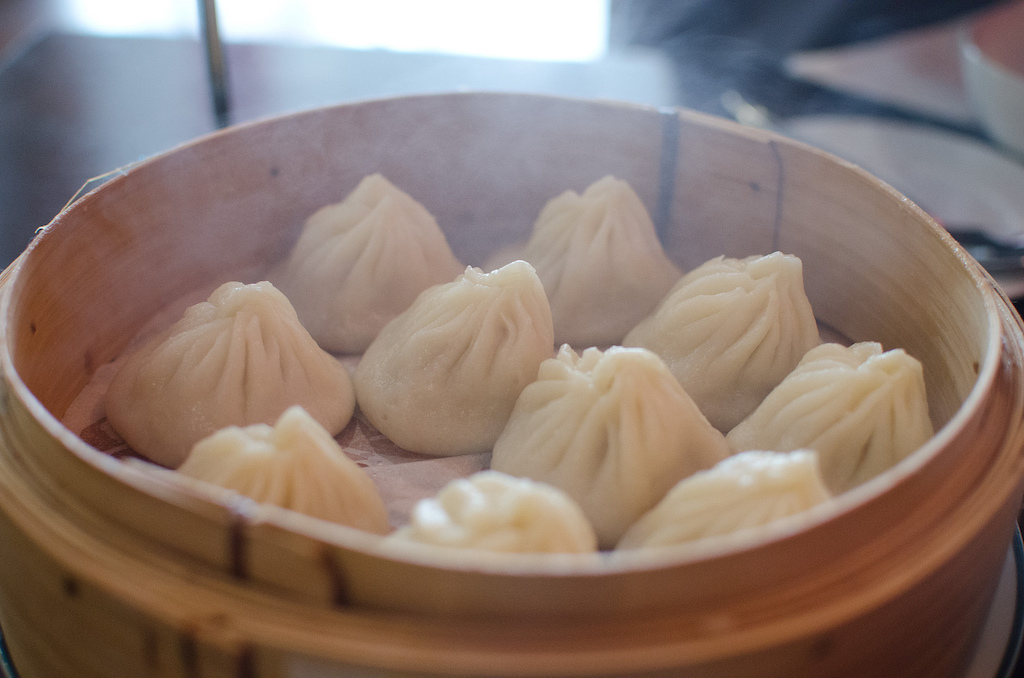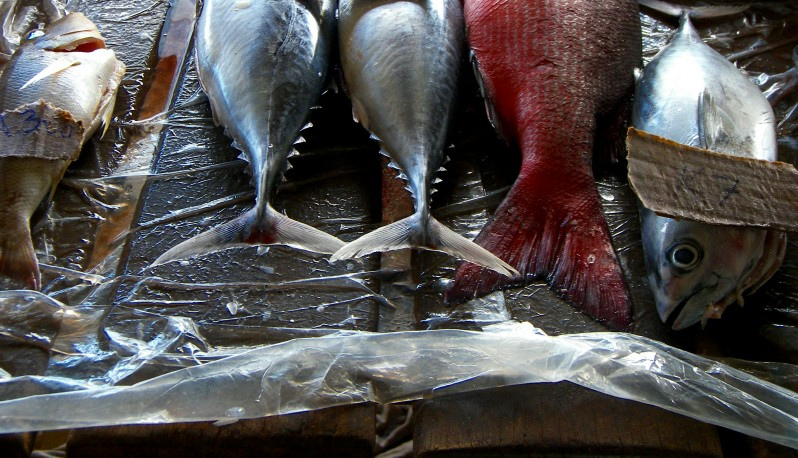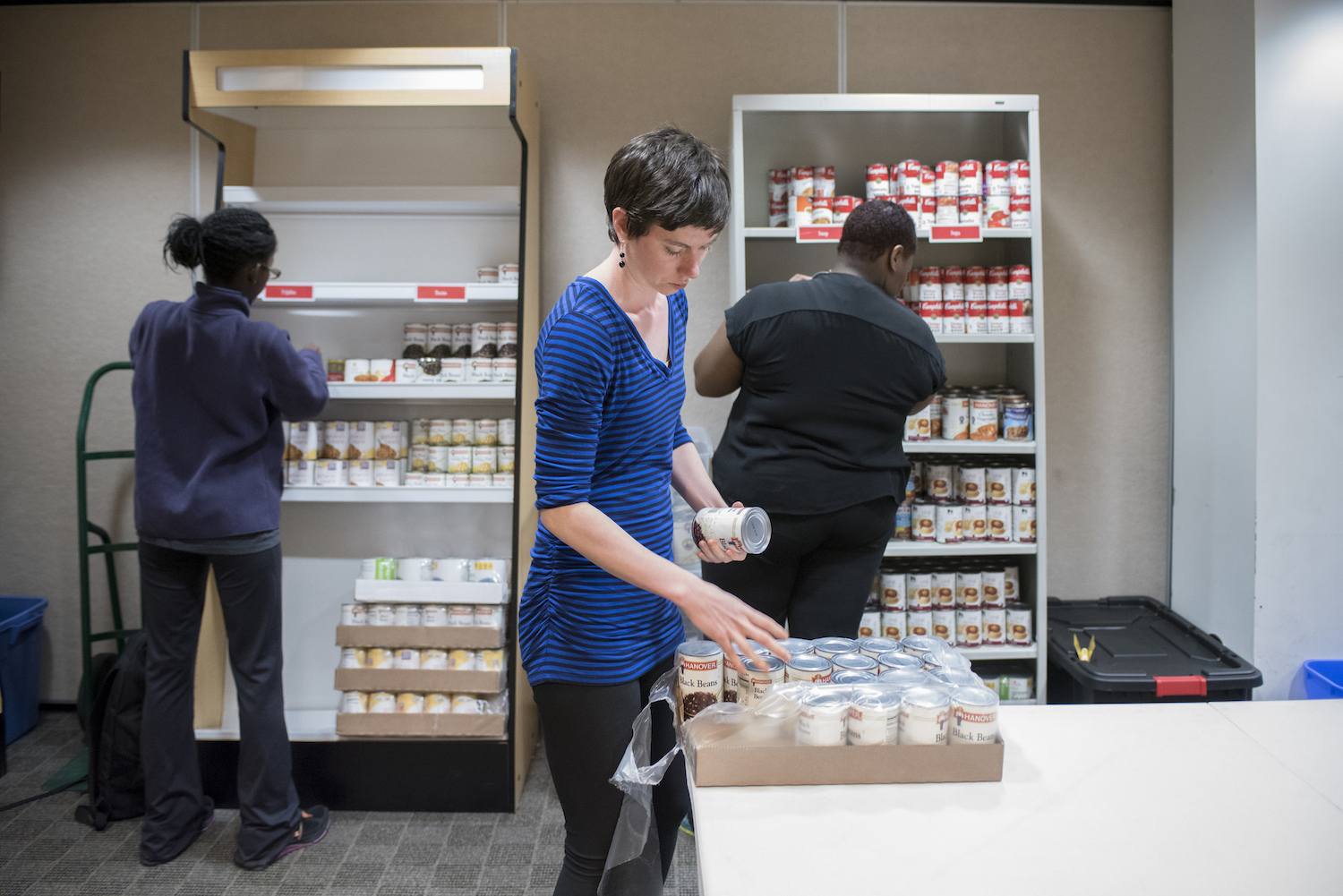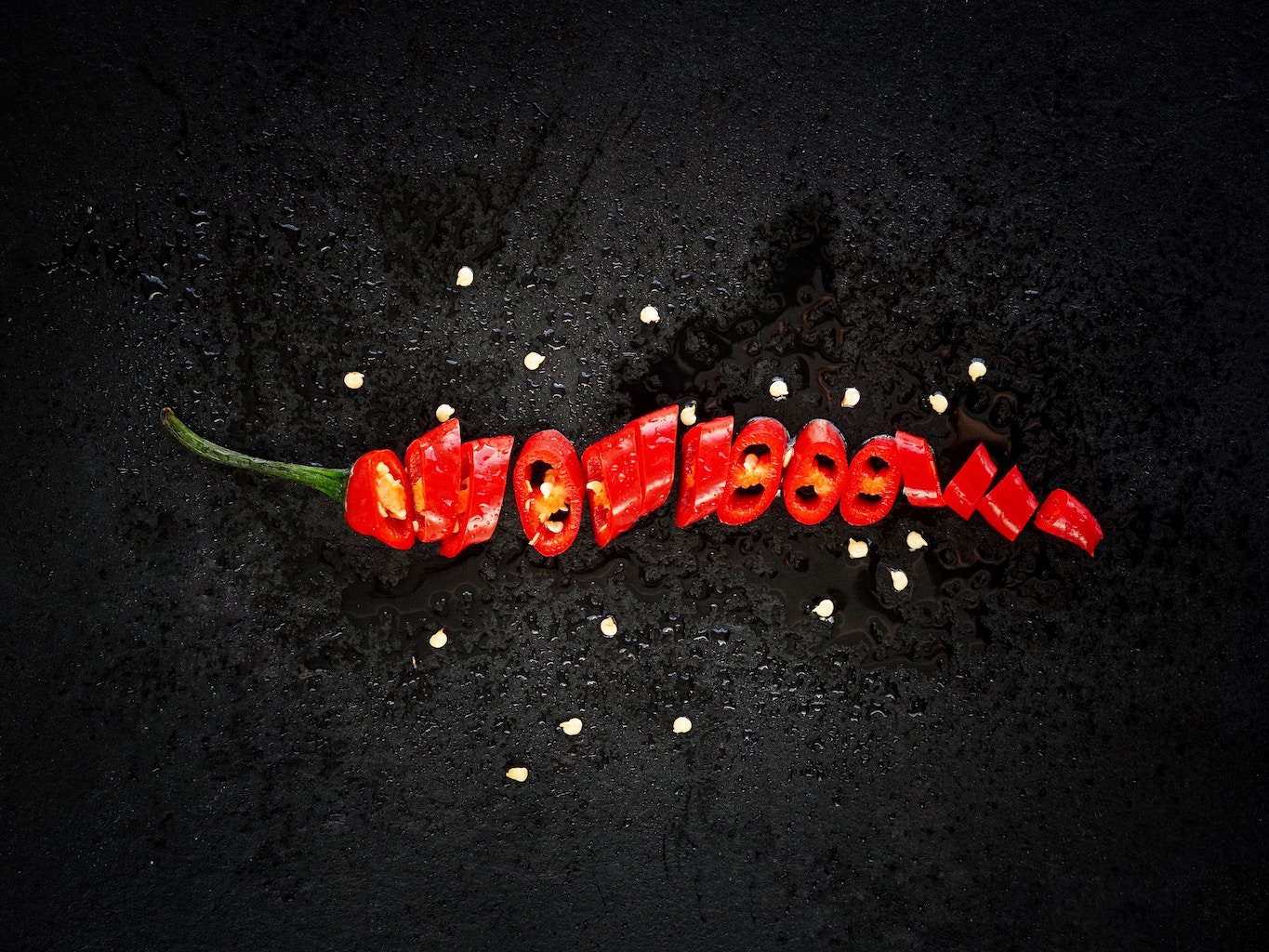This is the web version of a list we publish twice-weekly in our newsletter. It comprises the most noteworthy food stories of the moment, selected by our editors. Get it first here.
Bar none. How did sports energy bars—designed to refuel endurance athletes mid-ride or mid-hike—come to take the place of breakfast and lunch for millions of ordinary, non-exercising Americans? Branding, of course, by transforming the product from a “square of sweet carbs” to a portable nutrition hack. Outside traces the evolution of what a former Clif Bar executive calls the “fastest-growing segment in the grocery store.”
Seed investing. The $50-billion seed industry has developed seeds that can cope with some of the stresses brought about by climate change. But according to a six-year study, most small farm can’t even buy them. Grist has an interview with the researchers.
Culture clash. The American appetite for organic food keeps growing, as long as it’s not from a Chinese restaurant. That’s not for want of trying. Many Chinese chefs in the Bay Area are using organic ingredients, yet feel pigeonholed by eaters’ prevailing perceptions of their cuisine as unhealthy and cheap, April Chan reports for The San Francisco Chronicle.
A datum in the ocean. File this one under “we don’t already do that?” Government scientists are sorting thousands of data points to help Pacific fishermen avoid bycatch—oft-endangered marine wildlife, like leatherback sea turtles, that are unintentionally caught during swordfish or tuna expeditions. “Dynamic ocean management,” as the technique is called, allows regulators to close fisheries for shorter periods of time, using technology that would have been slow and cumbersome only a decade ago. The Washington Post has more.










